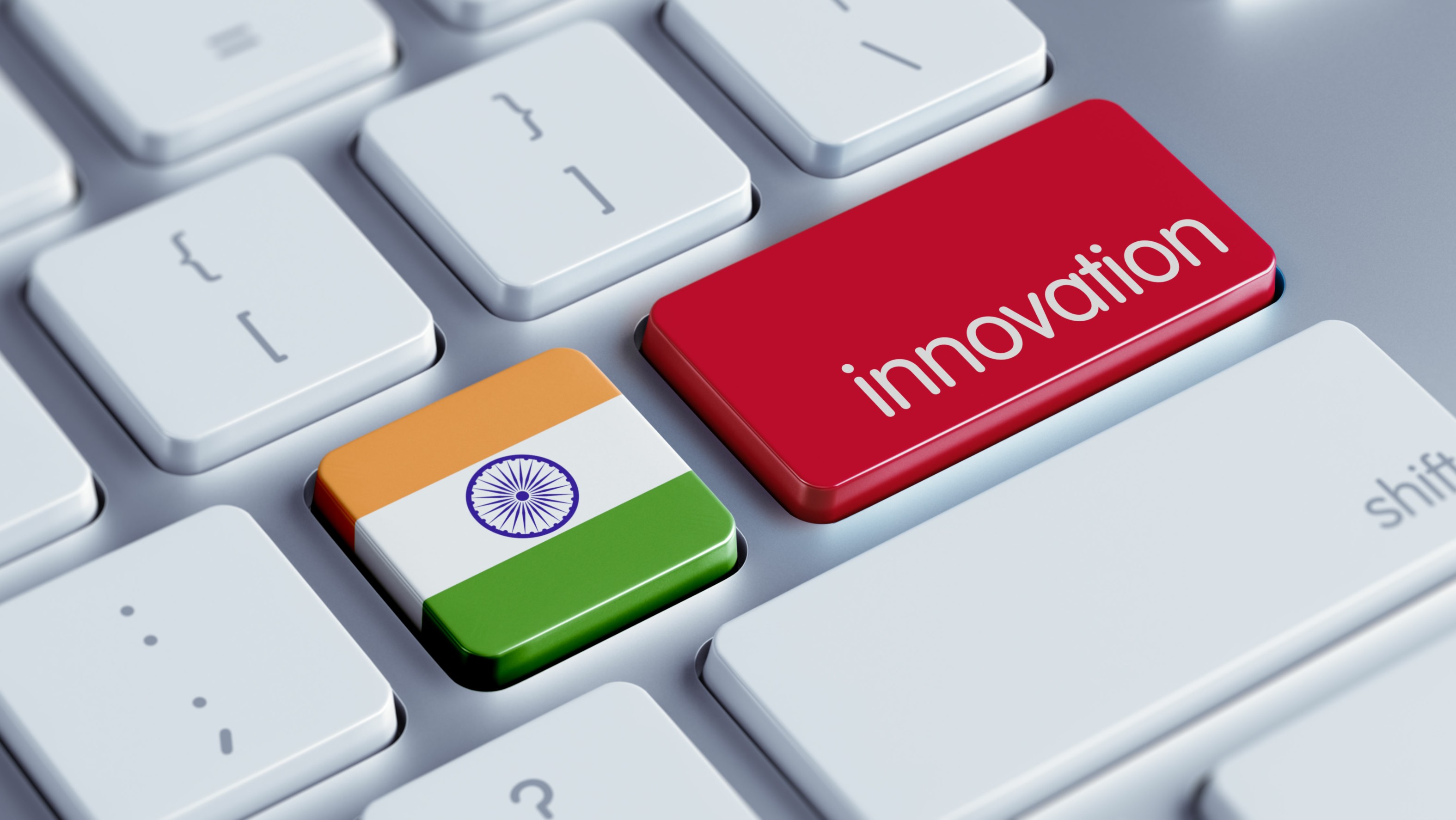How to Build a World-Class Economy…It takes more than bottles and bills
Earlier this year (March, to be precise), Narendra Modi took centre stage in a Webinar to address issues of public infrastructure on the Subcontinent: and unsurprisingly, front and centre, he took the opportunity to reaffirm his conviction that major infrastructure projects are "the driving force of India's economy": he was absolutely right to do so because they are. And the Prime Minister might also take considerable pride in the stunning achievements of his administration in making India a global infrastructure champion: including the new $2.1 Billion Navi Mumbai International Airport, scheduled for completion next year and set to deliver capacity to handle ninety million passengers annually (making it the second busiest airport in the world).
Add to that the Chenab Rail Bridge, rising to a stately, giddying height of 1,178 feet (the world's highest rail bridge); the $2.6 Billion Mumbai Metro project (delivering the City's first underground network); and, as if the earth's tethers weren't enough, a revitalised Gaganyaan Space Programme that is currently expected to put an Indian crew into orbit in 2024 (after coming in at an eyewatering cost of $2.27 Billion)…and the list, of course, goes on.
But still, like Alexander in search of new worlds to conquer, India's ever upbeat and forward-looking Prime Minister was also at pains to stress that this year's Union Budget will create a new range of economic stimuli to drive the progress of infrastructure development still further forward: ever faster, ever more breathtaking…
And Mr Modi was in no mood to understate the scale of his ambitions: "We consider infrastructure development as the driving force of the economy… India will achieve the target of becoming a developed nation by 2047 by following this path". And how right he was because he knows at heart, and has probably always known, that infrastructure is the beating heart of any advanced economy.
That was first made plain nearly a hundred years ago, when John Maynard Keynes highlighted the importance of public infrastructure with a (for him) classic reduction ad absurdum: you could, he said, pay half the population to put fifty dollar bills in bottles, and bury them: and then pay the other half to dig them up again, and spend what they found on whatever they want. The multiplier effect of the new money put into circulation would stimulate demand and facilitate growth. But how much better to forget all those bottles and bills and concentrate instead on building major airports, railways, bridges and, yes…space programmes: creating vital new public assets capable of raising daily aspirations and making India ever more connected.
Even the limited list of projects mentioned above has already combined to put at least $6.97 Billion of new money into circulation across India's economy, which bodes well for the future of what is already the world's fifth-largest economy, with the biggest population on earth.
So more than most, and on the Subcontinent at least, Mr Modi knows bottles and bills are of theoretical interest only. It's major public assets that matter…and under his stewardship, India is leading the way.
Executive Overview
The scale of Narendra Modi’s ambitions for India’s economy has never been in doubt, and he’s absolutely right to ground those ambitions in the Subcontinent’s already impressive infrastructure programme.
Red Ribbon India Real Estate Fund

Red Ribbon India Real Estate Fund is a multi asset class closed-end fund registered in Luxembourg offering investors the opportunity to participate in Growth and Emerging Markets and Mainstream Impact Investments, such as India, that offer returns rarely available in western markets.

.jpg)

%20(1)%20(1).jpg?width=150&height=150&name=shutterstock_1936528474%20(1)%20(1)%20(1).jpg)
.jpg?width=150&height=150&name=shutterstock_1493369789%20(2).jpg)



Leave a Reply